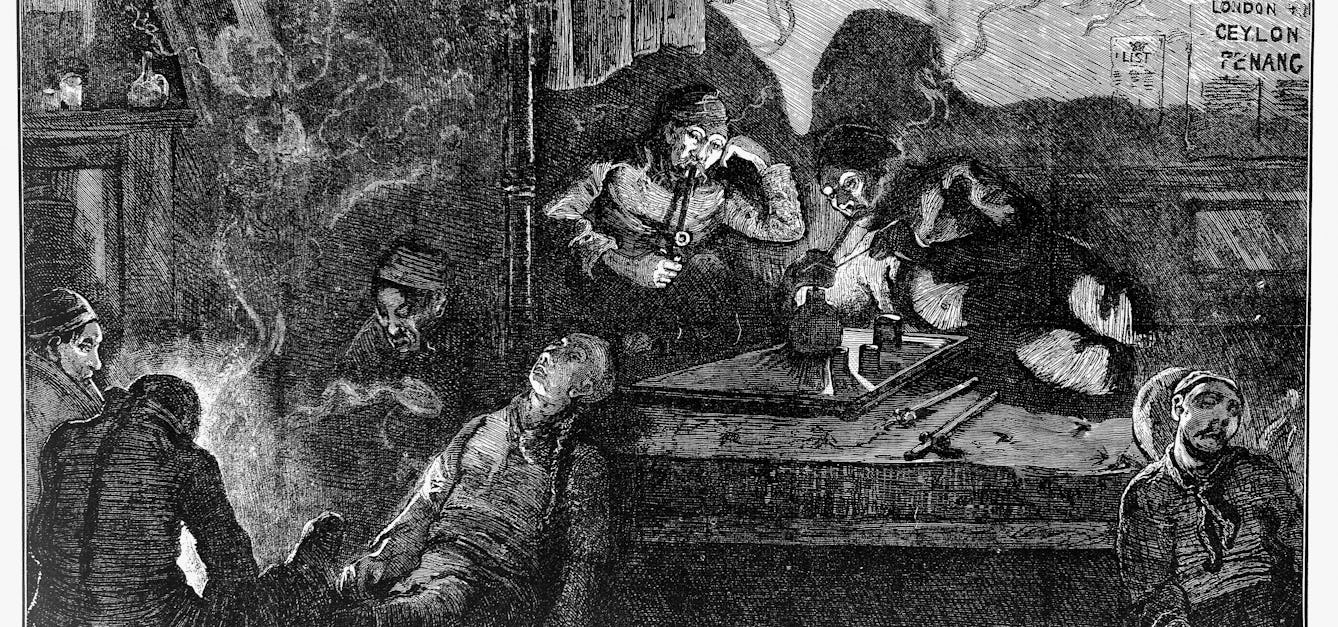Stories

- Article
Drugs in Victorian Britain
Many common remedies were taken throughout the 19th century, with more people than ever using them. What was the social and cultural context of this development?

- Article
Deadly doses and the hardest of hard drugs
The invention of the modern hypodermic syringe meant we could get high – or accidentally die – faster than before. Find out how this medical breakthrough was adapted for deadly uses.

- Article
Drug sharing in desperate times
When Nicole was threatened with deportation, her mental health deteriorated. Now without a job, a passport or a doctor, she depends on others to send her their leftover anxiety drugs.

- Long read
Primodos, paternalism and the fight to be heard
Journalist Florence Wildblood examines the case of Primodos – a conveniently quick but risky hormone pregnancy test that was prescribed in the 1960s and ’70s – and profiles two women at the story’s shocking heart.
Catalogue
- Archives and manuscripts
New York State Narcotic Addiction Control Commission
Date: 1968-c.1973Reference: SA/DRS/C/2/36Part of: DrugScope- Archives and manuscripts
Seminar on Control of Narcotic Offenders
Date: 1987Reference: SA/DRS/L/222aPart of: DrugScope- Archives and manuscripts
Puerto Rico Narcotic Addiction Control Commission
Date: 1973Reference: SA/DRS/J/9/1Part of: DrugScope- Books
International conciliation. May 1948, No. 441, Narcotic drug control.
Date: 1948- Books
Narcotics and the law : a critique of the American experiment in narcotic drug control / by William Butler Eldridge.
Eldridge, William Butler.Date: [1967]









